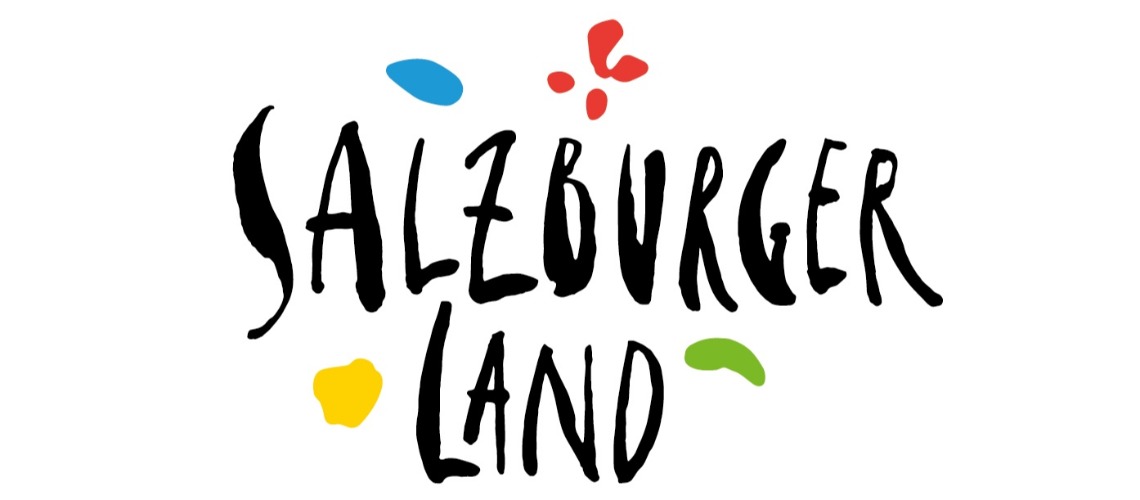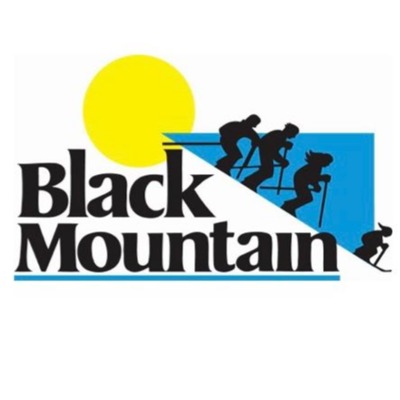Salzburg's lift Co’ Industry Sees Initial Results - 9.5 Million Ski Days By The End Of February Alone

Inflation, warm temperatures and overall difficult conditions - and yet: the local cable car industry is satisfied with the winter season. The onset of winter at the beginning of December in particular played into the hands of domestic tourism. The enthusiasm for winter sports seems unbroken. And the best news: the ski season is still ongoing.
According to an projection by the market research company MANOVA, 9.5 million first entries were recorded in Salzburg's ski areas in the 2023/24 winter season by the end of February. In comparison, there were 9.1 million in the 2022/23 winter season up to the end of February and 10.6 million in 2019/20 - the last season before the Corona restrictions.
Schnöll: “Salzburg’s overall package is right.”
For Deputy State Governor Stefan Schnöll, the connection to the results from the pre-Corona seasons is primarily due to one circumstance: “The success factor lies in the cooperation of all service providers: from the cable car industry, the ski industry, the ski schools, the rental company from restaurants and hotels to transport companies and airports. Through precisely timed interaction and partnership-based cooperation, we continue to achieve a high level of customer satisfaction,” says Schnöll.
More season tickets sold
The SuperSkiCard recorded an increase of around three percent compared to the best winter season so far in 2019/20, despite the delayed start of the season. Almost 30,000 people traveled beyond the borders with the season ticket for all ski areas. The Salzburg initiative for young local skiers was particularly well received. The state of Salzburg and important partners in the industry have made a lot of efforts to inspire young skiers and get them on the slopes cost-effectively.
Technical snowmaking guarantees season
The fact that overall a positive balance can be drawn is thanks to the investments in technical snowmaking in the ski areas. Salzburg ski areas rely on innovative systems and a master plan for snowmaking. The early onset of winter and the partly cold January “saved” the entire winter season.














